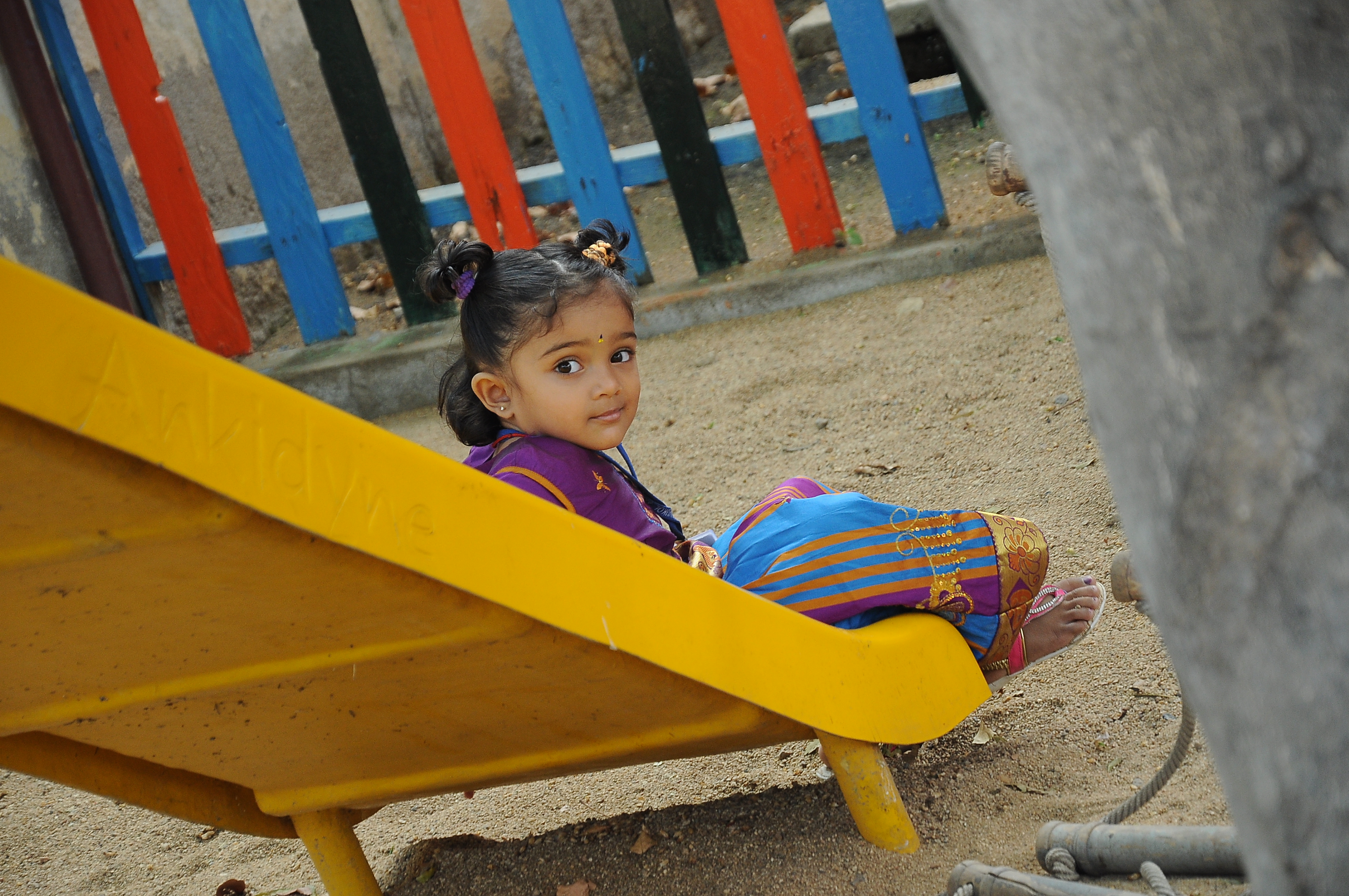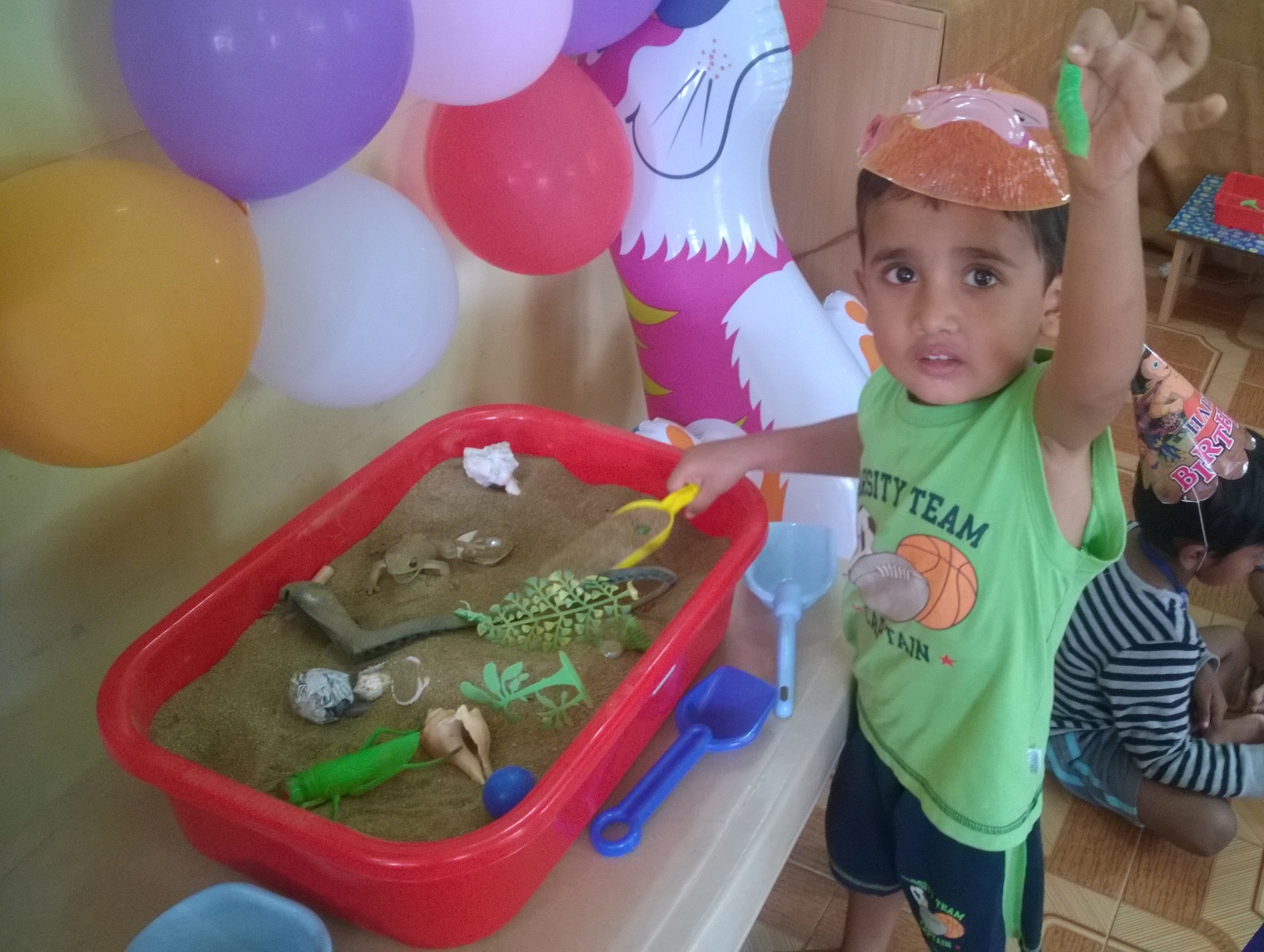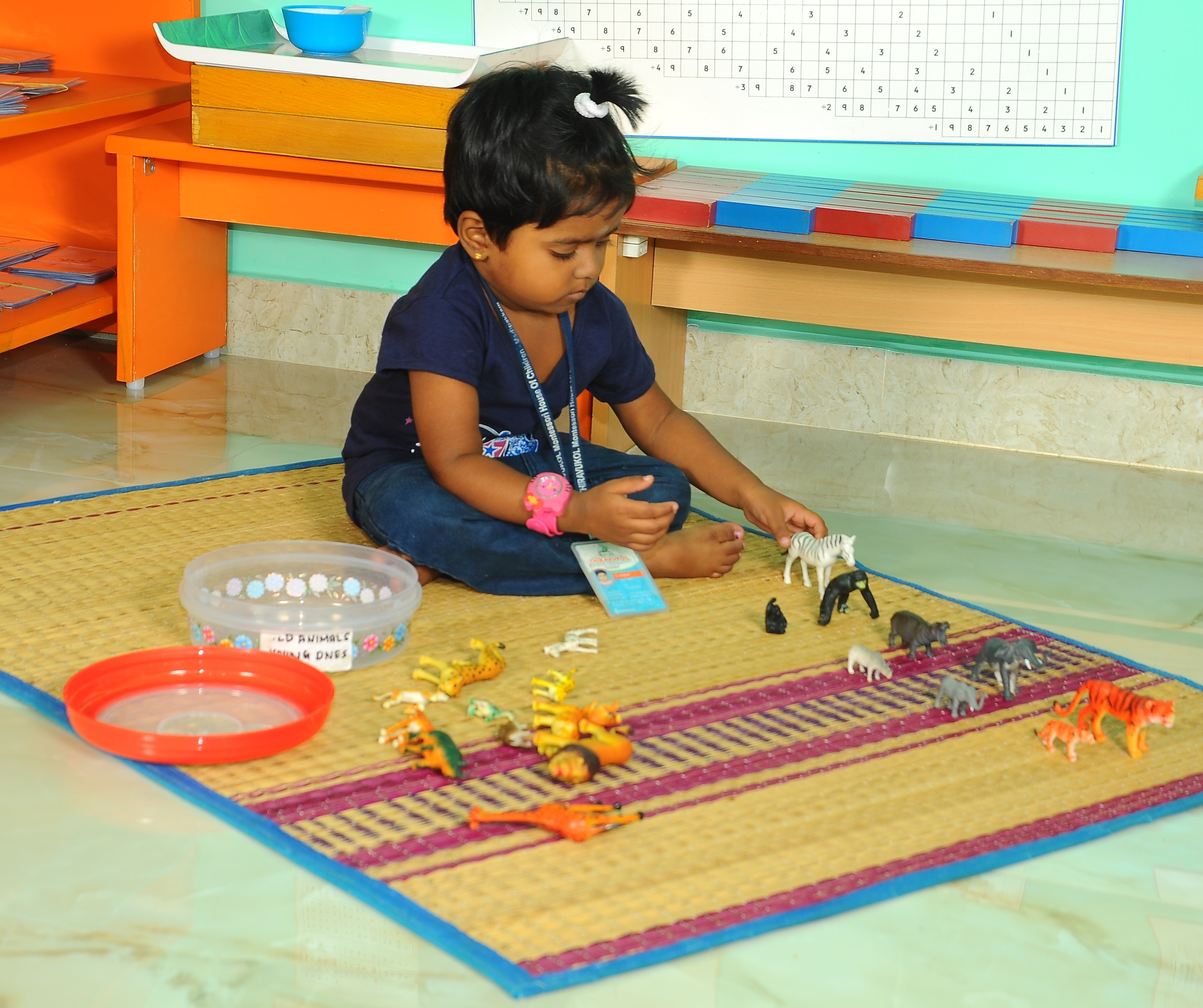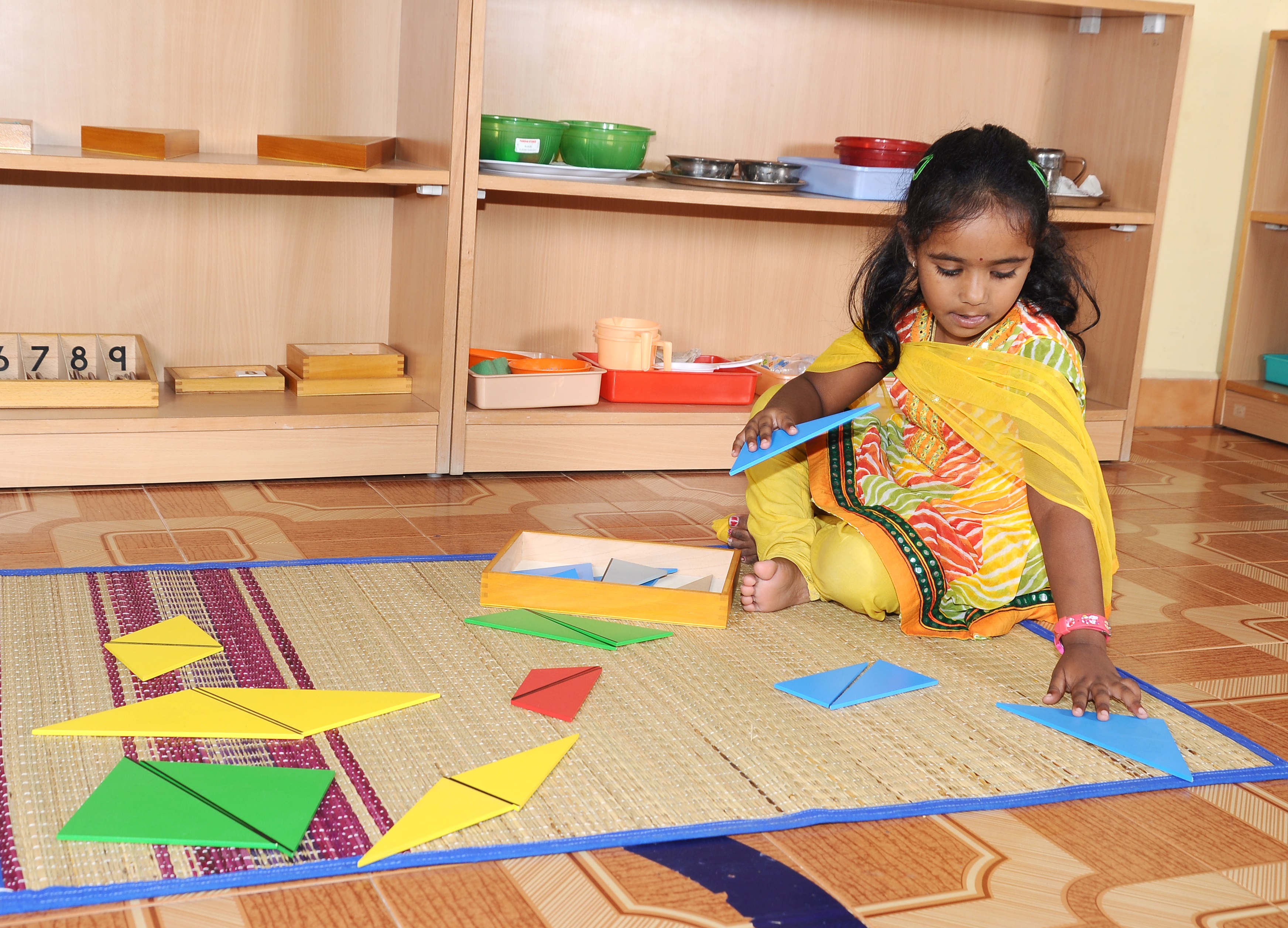Environments
A 'living room' for children fostering a love of learning
A key component of Montessori philosophy is an in-depth understanding of human development. Dr. Montessori identified specific stages of development through which children move. The Montessori world is a child-sized world. Beautiful, enticing, inviting, spacious and thoughtfully arranged classroom exhibits each element of Maria Montessori’s revolutionary approach. The classrooms at THIRAVUKOL School respond to each stage by offering carefully prepared environments and experiences that meet the student’s needs at each stage of development.
Contact us
Our Environments
Lower Elementary
The elementary curriculum exposes students of 6 to 9 years to many interrelated topics that get introduced, investigated, exercised and expanded on in different ways throughout the three year cycle.
Read More

Frequently asked questions
The three-year age span of these classes helps to create a community in which children feel a strong sense of belonging. Cooperation and collaboration flourish as children of various ages work together. At the same time, children are given the freedom to choose to work on their own. The older children take on a leadership role in their final year. Through the experience of mentoring the younger students, they develop confidence in themselves as leaders and as learners. The younger children learn a tremendous from their older classmates.
One of the most notable differences between Montessori teachers and traditional teachers is the enormous trust Montessori teachers place in the developmental abilities of the children. It takes a tremendous amount of faith to “follow the child”. With careful observation and planning, they remain constantly alert to the direction each child is heading and actively works to help them succeed. Working as a guide and facilitator, they create a well-prepared Montessori environment and an atmosphere of learning and inquisitiveness designed to move students from one activity and level to the next. Montessori teachers closely monitor their students' progress. They often use the children's interests to enrich the curriculum and provide alternate avenues for accomplishment and success.
Carefully prepared Worksheets in all subject areas are used for the need of young children to move and manipulate their learning environment in order to fully absorb and internalize their learning. These are given to students regularly to understand the learning acquired by each child. The concept is presented first with the concrete materials with plenty of opportunity for individual practice. Worksheets are given only when the child has sufficiently internalized the concepts presented. This is because Montessori students are encouraged to take ownership of their own learning. This is the key to education as it should be: developed to teach the way children really learn.
Student assessments in Montessori schools are different from the assessments conducted in most traditional classrooms. The difference is that assessments are viewed as a tool for understanding where students are in their learning, what they need and where they should be going, rather than the strict process. In our school, the students do undergo assessments for each term. Report cards are issued to parents thrice a year. Open Days are also organised to display the learning of every child. Parents are invited to review the learning and discuss the progress with the respective teachers.
There is nothing inherent in Montessori that causes children to have a hard time if they are transferred to traditional schools. While all children respond to transitions differently, the simple answer is that your child will do just fine. From the earliest ages, Montessori schools focus on helping children develop a high degree of self-motivation, coping skills for dealing with new situations, and a strong sense of respect and responsibility, all skills that will serve them well in a public school setting. It is the school's earnest endeavour to ensure a successful transfer from Montessori methods to the traditional main stream school for the children. Assignments, worksheets and regular assessments are given to the children to determine each individual student’s mastery of ideas and skills.
Montessori teachers are the dynamic link between children and the Prepared Environment. They carefully evaluate the effectiveness of their work and the design of the environment every day. Montessori teacher training is a specific course including child development principles, philosophy and psychology of the Montessori Method, and instruction in every exercise in the Prepared Environment. The course is a one- to two-year training at a Montessori teacher training institution. The term Montessori is not copy protected, so it is only through the training of the teacher that quality Montessori programs can be evaluated. They are technically and spritually prepared to help children in Montessori curriculum. We require diplomas from Montessori teacher training centers for consideration of employment as lead teachers in our environments.
Montessori schools do not assign homework to children below the primary level. When it is assigned to older children, it rarely involves page after page of "busy" work; instead, the children are given meaningful, interesting assignments that expand on the topics that they are pursuing in class. Many assignments invite parents and children to work together. The students are given with individually prepared weekly assignments and worksheets based on the concepts introduced at the class.
The Montessori children enjoy freedom of choice within limits. Dr. Maria Montessori observed that children are more motivated to learn when working on something of their own choosing, and at their own unique pace. The teacher prepares herself, the environment, and the children to respect one’s self, each other, and the environment, by setting clear boundaries and ground rules. Lessons are always given in the Montessori community before free choice occurs. Then the student may choose his/her focus of learning on any given day, but the decision is limited by the materials and activities in each area of the curriculum that her teacher has prepared and presented to her. Beginning at the Elementary level, students typically set learning goals and create personal work plans under their teacher’s guidance.


